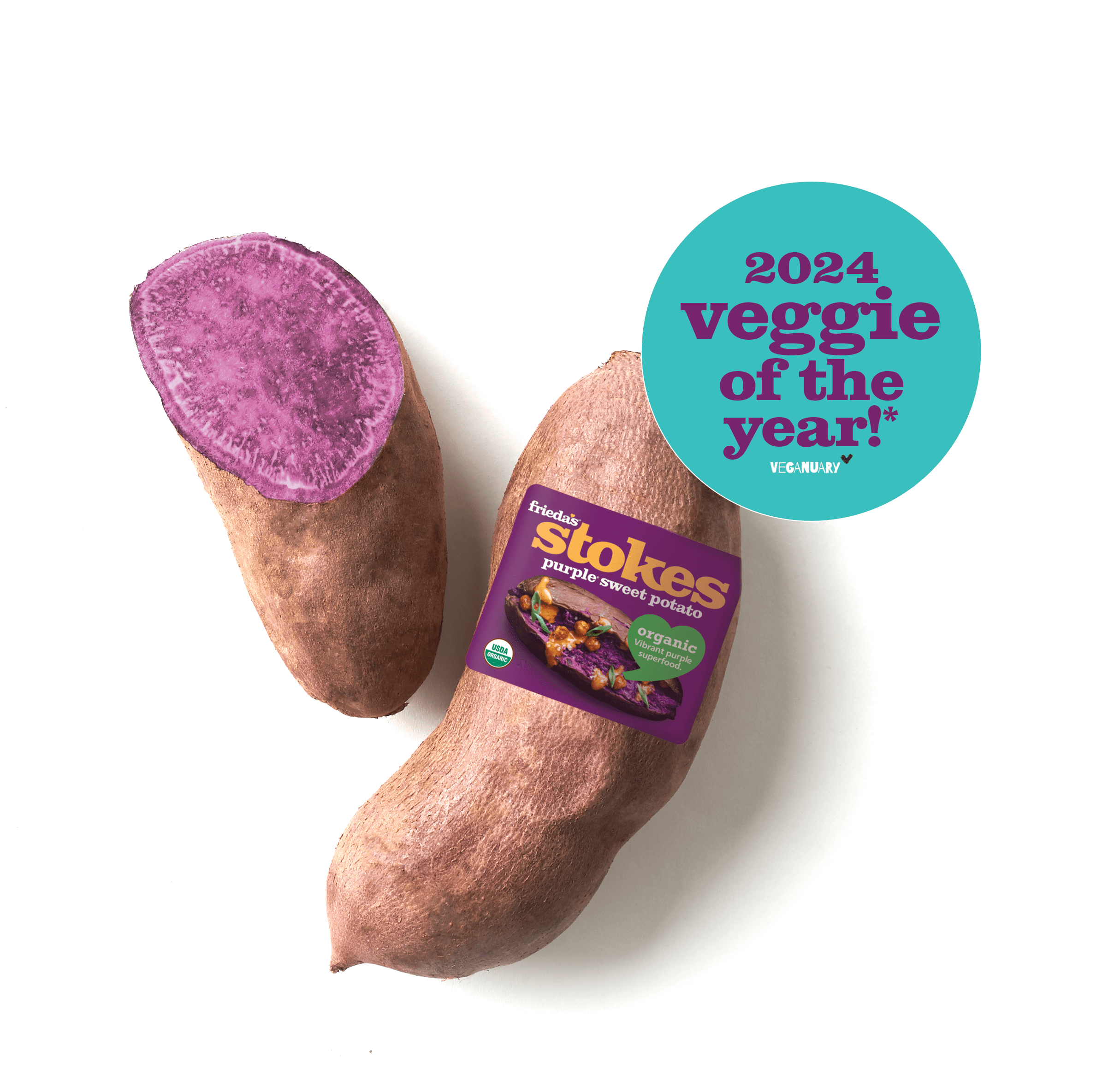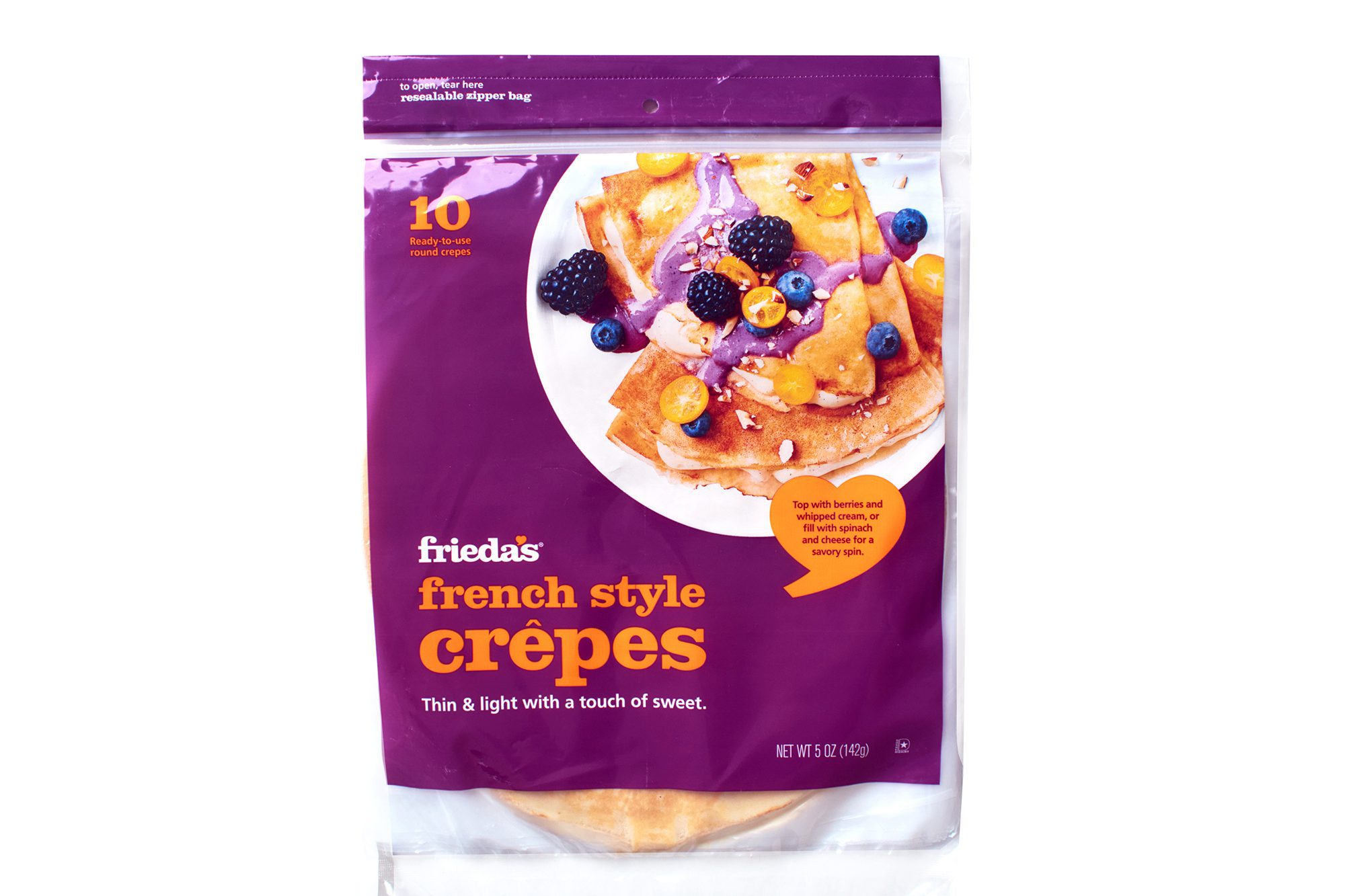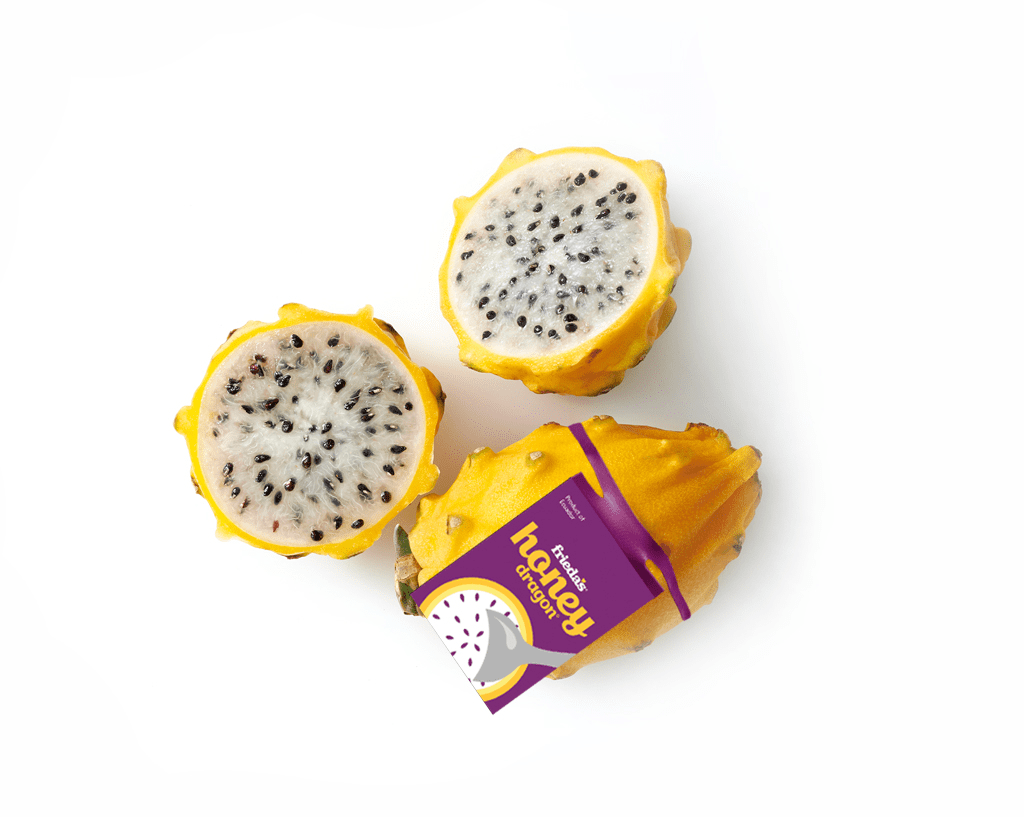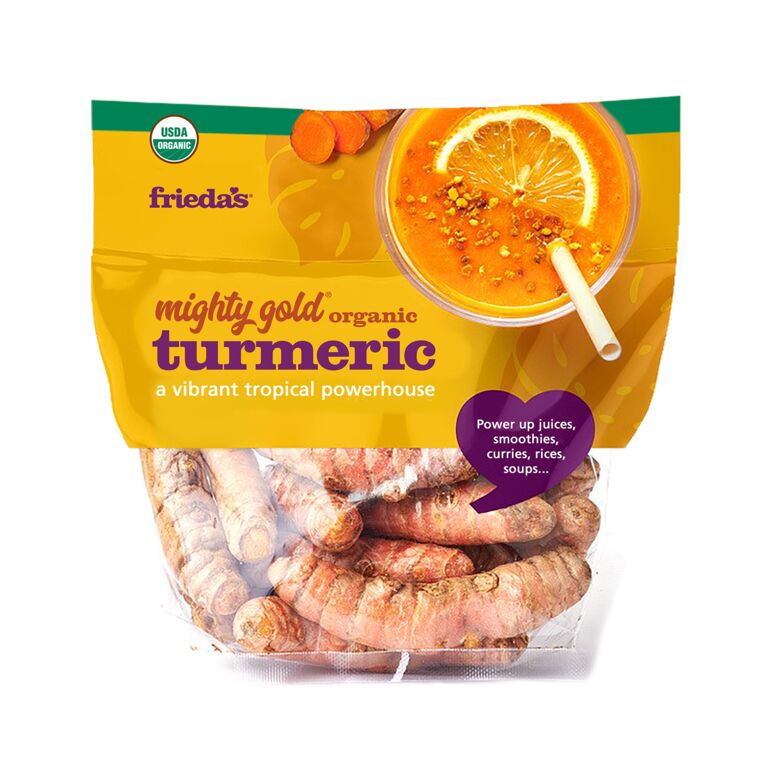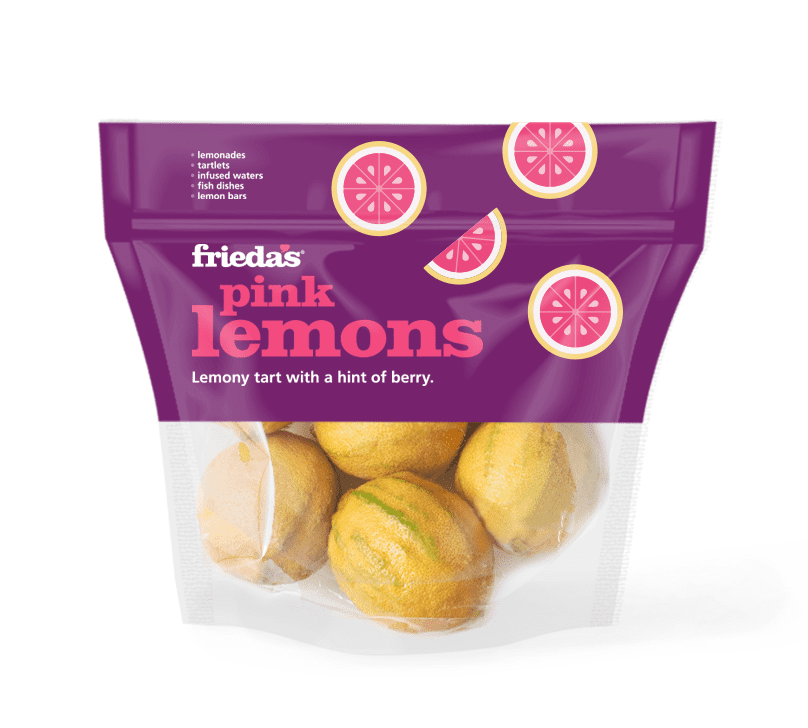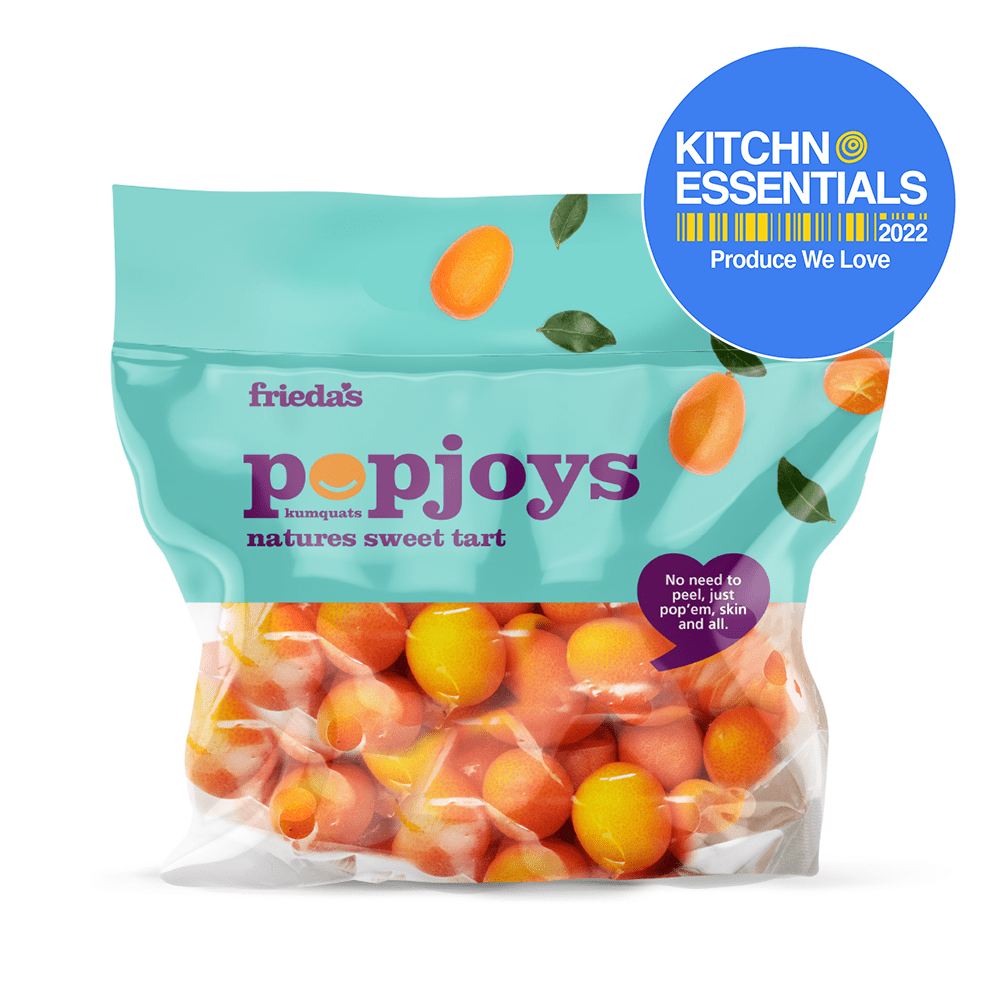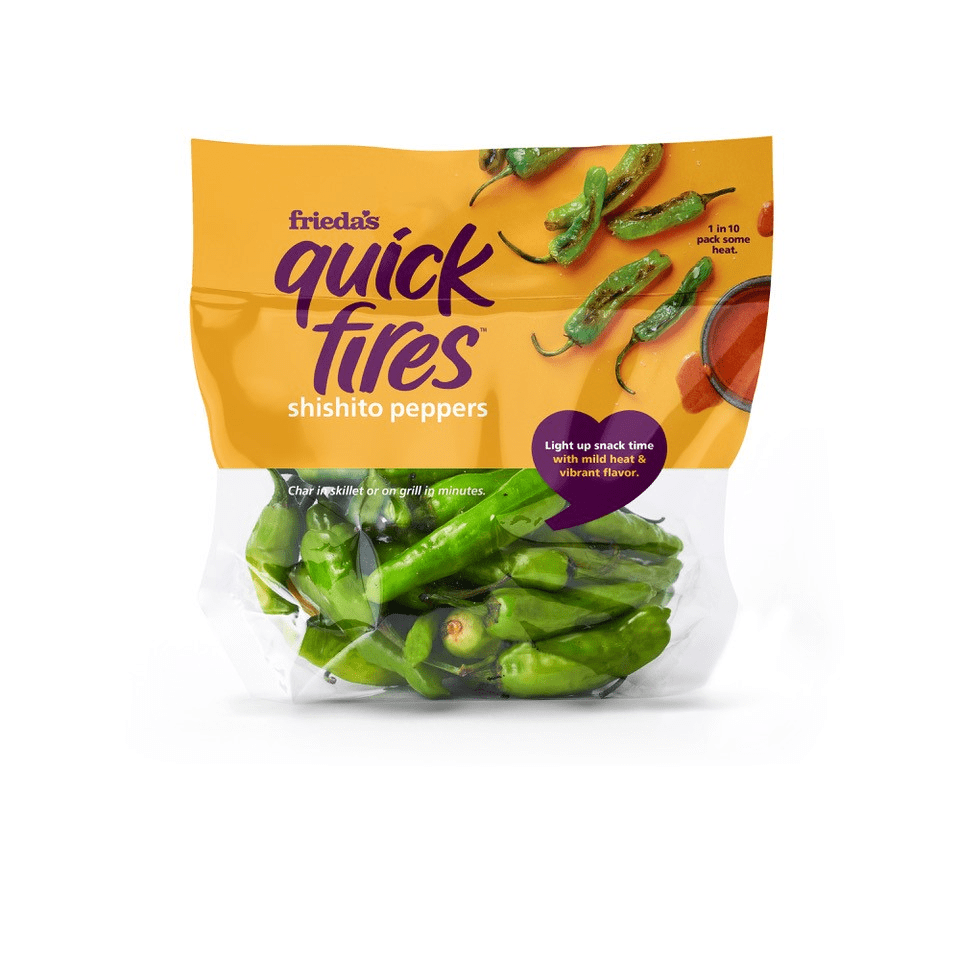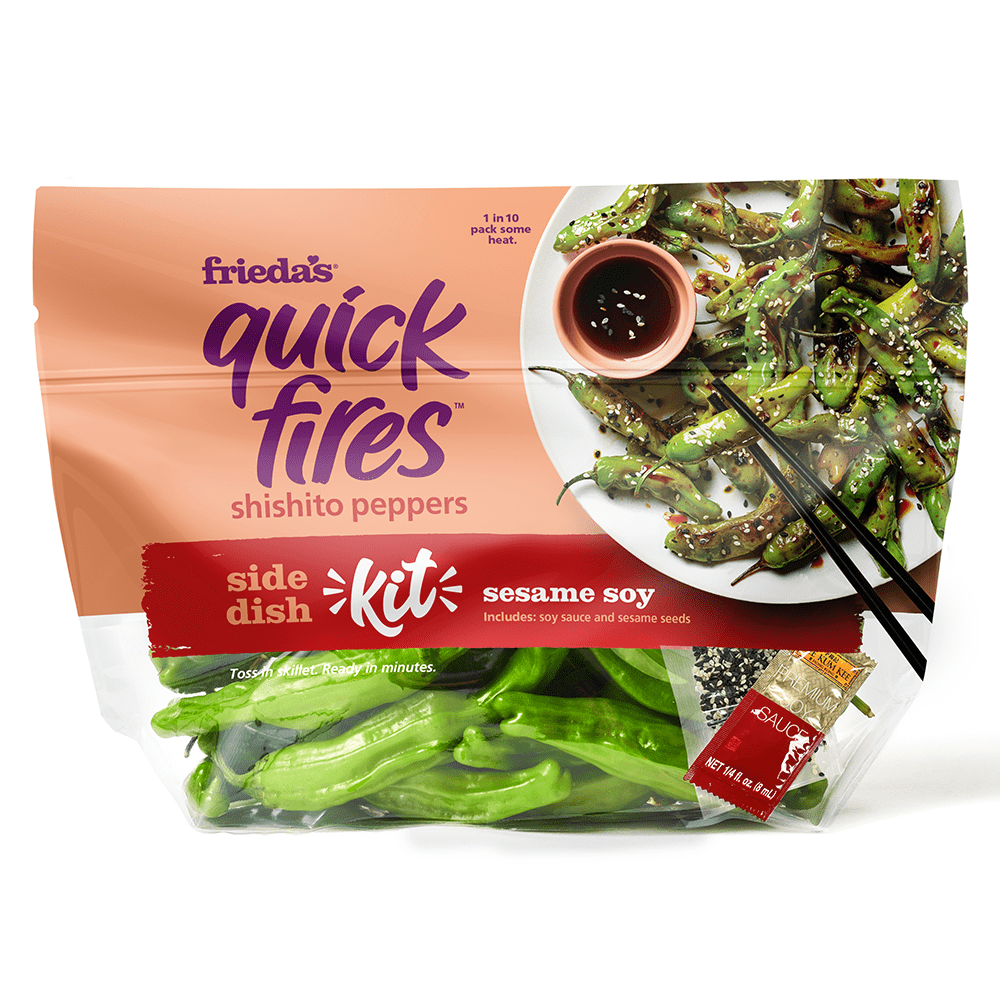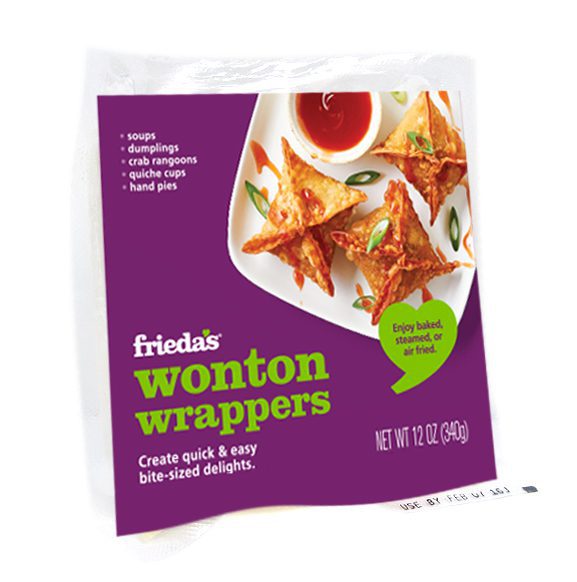When I think of persimmons, I think of autumn and the cooking holidays — Thanksgiving through Christmas. You may have seen a persimmon in your local supermarket or farmer’s market, but didn’t know what it was or what to do with it.
Well, first of all, there are two basic types. The ones that must soften before you eat them — Hachiya variety — and ones that can be eaten while firm — Fuyu variety.
We have been selling Hachiya-type persimmons the longest. They are elongated in shape, like an acorn, and have a dark, rich orange skin. Hachiya persimmons naturally have a high tannin content, which makes the immature fruit taste bitter and astringent. (Don’t even try them when they are hard!). As the fruit ripens, the tannin levels are reduced, making them sweet and edible. When fully ripe, Hachiyas will feel extremely soft and mushy — almost overripe.
In Japan, Persimmons are called Kaki fruit. In Israel, they are called Sharon (sha-rone) fruit, named after the Sharon plain. Some say the flavor is a mix of plums and dates. Persimmons are extremely sweet, and when ripe, the pulp can be used to make persimmon bread, persimmon bars and other fruit desserts.
The Fuyu varieties are far less complicated to eat. They have a rounder apple-like (or tomato-like) shape, and can be peeled and eaten whether they are hard or soft. They, too, are a bright orange color.
Because they can be eaten in any ripeness stage, Fuyus are more versatile. I like to slice them and add them to green salads. Their texture makes them perfect to chop up for fruit salsas to serve with chicken or fish. When dried, they taste like candy!
The latest innovation in the Fuyu world is the availability of the brown-fleshed varieties. Technically, they are called “pollination-variant non-astringent persimmons.” You may see them in farmer’s markets or upscale markets under the names chocolate persimmons (brown interior), cinnamon persimmons (“spicy” flavor), or brown sugar persimmons (dark and sweet).
The persimmon season has just started and the fruit is being harvested in central California. The season should continue through the end of the year, and will be at the peak of season when everyone is doing their holiday baking. If we run out of supplies from California, we may fly them in from Israel, as they are such a popular fruit.
So, next time you walk through your favorite produce department and see an orange fruit that looks like an apple, pick it up! The flavor is amazing and so sweet you’ll know why we call them nature’s candy.
Enjoy!
Karen

